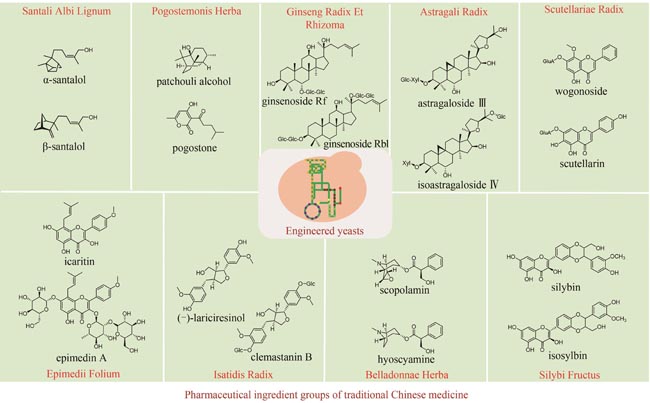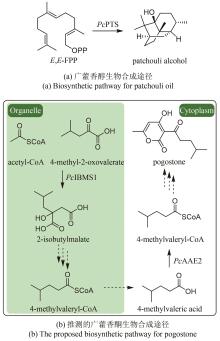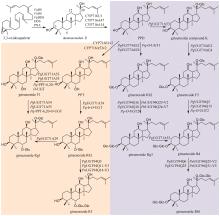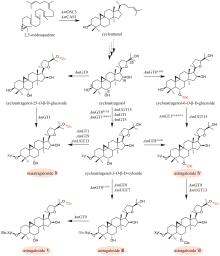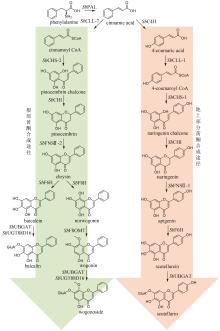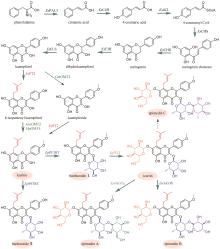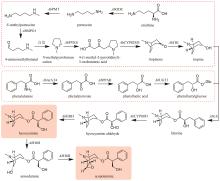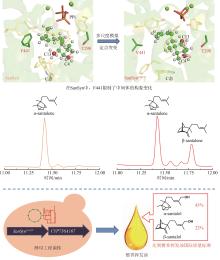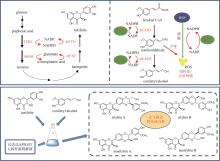|
||
|
Advances in synthetic biology for producing potent pharmaceutical ingredients of traditional Chinese medicine
Synthetic Biology Journal
2024, 5 (3):
631-657.
DOI: 10.12211/2096-8280.2023-082
Traditional Chinese medicine (TCM) is a treasure of Chinese civilization and also a good mine for drug development in China. Many TCM components come from rare biological species including plants, animals, and insects, making the preparation of these TCM pharmaceutical substances at large scales a bottleneck that substantially impedes TCM-based drug development. However, the rapid development of synthetic biology has provided a strategy for addressing this challenge. At present, significant progress has been made in the bio-production of individual TCM components, but the efficacy of TCM is mainly due to the synergistic effect of those ingredients, which are termed as pharmaceutical ingredient groups. Reports on constructing the bio-production platform of pharmaceutical ingredient groups are limited. Herein, we summarize research progress in the biogenic mechanism of important TCM pharmaceutical ingredient groups, such as volatile oils, saponins, flavonoids, lignans and alkaloids. Some individual components of pharmaceutical ingredient groups (e.g. ginsenosides) are synthesized by multiple branching pathways, which can be produced and formatted thereafter. On the other hand, some pharmaceutical ingredients such as sandalwood oil can be synthesized through single pathways/enzymatic reactions by engineering the key enzymes to optimize their ratio. We comment the strategy of combining enzyme engineering and metabolic engineering to optimize both the production of pharmaceutical ingredient groups and their ratio. At the end, we outline the prospect of synthetic biology research for producing pharmaceutical ingredient groups, including: (1) complete clarification of the biogenic mechanism of more complex pharmaceutical ingredient groups, (2) development of novel metabolic engineering approaches for breaking through homogenization of methodology, and (3) optimization of the catalytic characteristics of key synthetic enzymes by combining rational design and directed evolution.
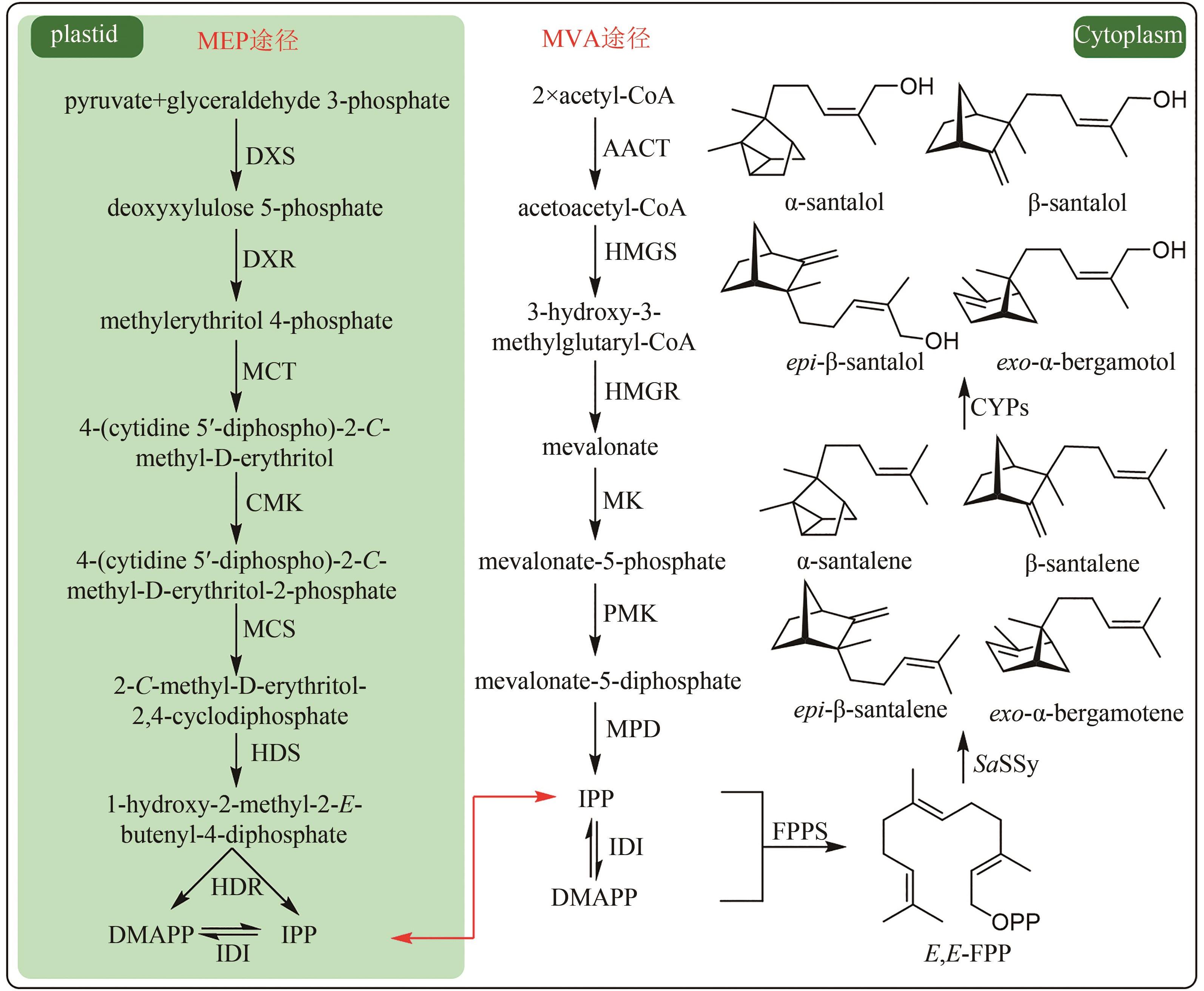
Fig. 1
Biosynthetic pathway for the production of sandalwood oil
(DXS—1-deoxy-D-xylulose 5-phosphate synthase; DXR—1-deoxy-D-lxylulose 5-phosphate reductoisomerase; MCT—2-C-methyl-D-erythritol-4-phosphate cytidyltransferase; CMK—4-(cytidine 5′-diphospho)-2-C-methyl-D-erythritol kinase; MCS—2-C-methyl-D-erythritol 2,4-diphosphate synthase; HDS—1-hydroxy-2-methyl-2-E-butenyl-4-diphosphate synthase; HDR—1-hydroxy-2-methyl-2-butenyl-4-diphosphate reductase; IDI—isopentenyl pyrophosphate isomerase; AACT—acetyl-coenzyme A acetyltransferase; HMGS—3-hydroxy-3-methylglutaryl-CoA synthase; HMGR—3-hydroxy-3-methylglutaryl-CoA reductase; MK—mevalonate kinase; PMK—phosphate mevalonate kinase; MPD—mevalonate pyrophosphate decarboxylase)
Extracts from the Article
从FPP到檀香挥发油倍半萜成分的生物合成途径分为两个步骤(图1)。
Other Images/Table from this Article
|
